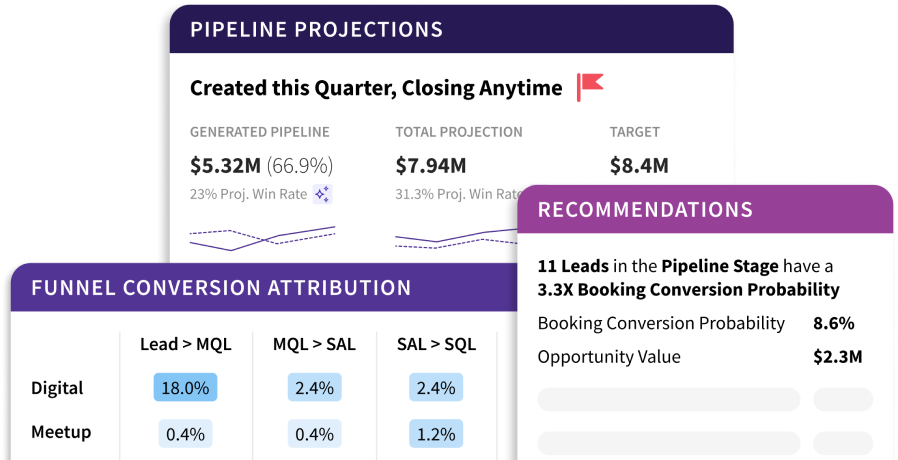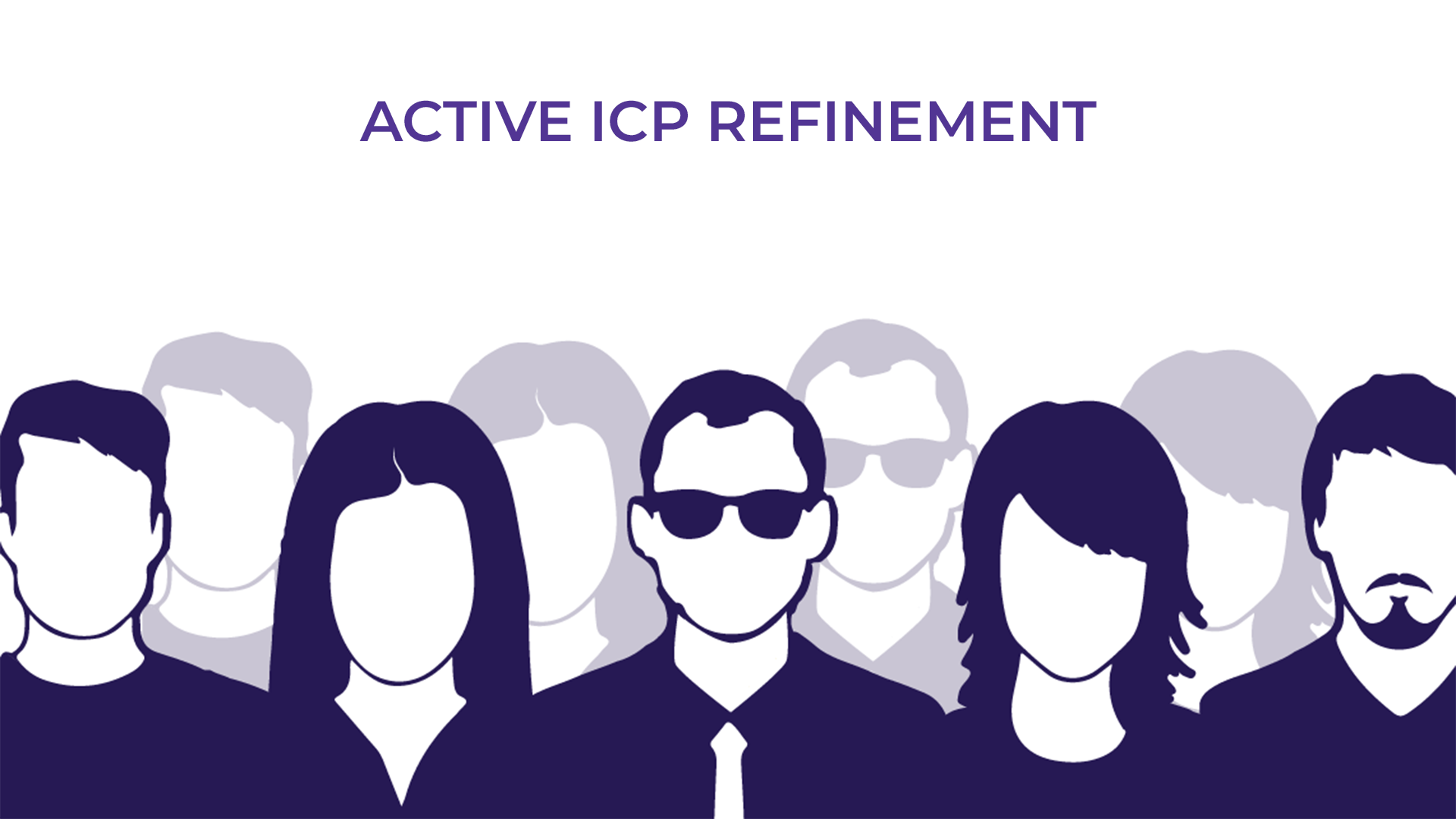
Say it with us — one team, one goal. This is a motto we like to use for all revenue-generating teams. Want to drive a healthy pipeline and create revenue? Sales and marketing need to be on the same page, working hand-in-hand in order to succeed. After all, at the end of the day, sales and marketing teams are working towards the same objective: revenue.
So how do we go about building a go-to-market (GTM) strategy that’s backed by marketing and sales? It all starts with a unified funnel.
What is a unified funnel?

A unified funnel is a single funnel that spans all the way from the visitor stage through to the customer stage. This means your unified funnel stretches across all stages that marketing, SDRs, and AEs are each responsible for.
With a unified funnel, sales and marketing teams are equipped with the same data and insights. Teams can understand the state of the funnel in a single 360-degree view, including how many leads, MQLs, SQLs, and opportunities are currently active. A unified view then allows teams to identify leakages, and evaluate channel and ICP performance, helping to identify the areas where you should spend your time and money.
Defining ownership in the unified funnel
A common bottleneck or source of leakage often occurs in the middle of the funnel. It’s rarely disputed that marketing is responsible for driving the creation and nurturing of leads (visitor through MQL), and sales is responsible for turning opportunities into revenue (opportunity through closed won), but what happens in between during the MQL to SQL stage? That’s where things tend to get a bit fuzzy.

With a unified funnel that includes stages agreed upon by both sales and marketing teams, you also need to ensure there are clear agreements as to who is accountable for each part of the funnel. Without a strong understanding of ownership and accountability, leads and opportunities can drop off, causing leakage that ultimately leads to missed targets.
The key to a strong GTM strategy along with a healthy pipeline is transparency across each team at each stage of the funnel. This means it’s important for SDRs and AEs to understand the targeting, messaging, and campaigns marketing is running to drive and nurture leads at the top of the funnel, and vice versa for the tactics and messaging SDRs and AEs use to book meetings and take opportunities across the finish line. The benefit to a unified funnel is that it brings teams together to analyze the organization's funnel and understand what is driving conversions at each stage of the funnel.

Imagine if your team could see in real-time what is generating pipeline. For example, you could see what industries are most likely to convert to an opportunity and that prospects with a title of ‘Area Manager’ on those accounts are the best titles to reach out to. With this type of data and insight, marketing and sales can come together and hone in on the accounts most likely to convert to an opportunity. There is no guesswork, there are no opinions — just data.
Understanding data for GTM strategy planning
A unified funnel unites organizations. It unearths exactly who your ICP should be, what buyers you need as part of the buying committee, the channels that best convert, and the campaigns you need to run. This is how you drive efficient, predictable growth. No silos — simply teams coming together generate pipeline and revenue with a deep focus on improving conversion rates across each stage of the funnel.
It is one thing to unify your funnel, but you also need to know what to track and measure so you can build a successful GTM strategy. Here are a few key areas we suggest you stay on top of to influence your decision-making:
- Track stage-by-stage conversions
- Dig into insights from each stage of the sales funnel to learn what is converting forward at what speed, where there is leakage, and how to fix it.
- Are certain regions, job titles or industries converting at a higher or faster rate than others?
- Compare sales funnel sources
- Analyze and segment your marketing and sales funnels to gain an understanding of your pipeline health, so you can prioritize your targeting, time, and budget where it will yield the best outcome.
- Identify pipeline and funnel trends
- Uncover the most effective marketing channels, audiences, and tactics so you can optimize your marketing campaigns to drive the right leads and opportunities.
- Stop funnel leakage
- Review what stages your prospects are dropping off and where there are bottlenecks so you know where to focus your conversion optimization efforts.
Once you understand your best fit leads, taking into account conversion rates, velocity, region, job title, and industry, as well as your highest performing sources and channels, you can begin to shape your GTM strategy across teams.
With these insights you can make sure you’re either fixing leakage in the funnel or stopping it completely by targeting and focusing your efforts on areas you know lead to higher rates of conversion, and ultimately more pipeline and revenue.






